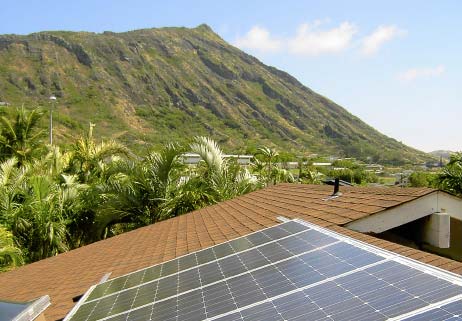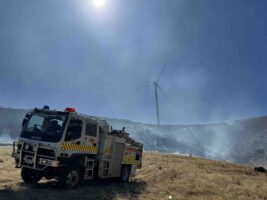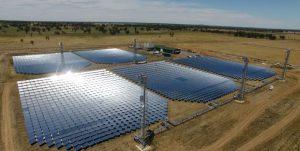Hawaii’s largest utility, Hawaiian Electric, says it has blown past its mandated 2020 renewable energy target, reporting that 34.5% of its electricity generation mix was made up of renewable energy sources such as wind and solar.
In 2015 the State of Hawaii passed legislation requiring all electric utilities to achieve a 100% renewable energy portfolio standard by 2045, with interim goals of 30% by 2020, 40% by 2030, and 70% by 2040.
As one of the first US states to set such an ambitious renewable energy target, Hawaii’s example has served as a prod for the rest of the country, and numerous states have subsequently passed similar legislation.
In reporting its 2020 figures, Hawaiian Electric says that it had not only successfully achieved the required 30% renewable portfolio standard (RPS) in 2020, but had blown past it, reporting a consolidated RPS for the Hawaiian Islands of Oahu, Hawaii Island, and Maui, of 34.5% – up from 28.4% in 2019.
In fact, Hawaiian Electric has more than tripled the amount of renewable energy on its electric grids in the last 10 years, when in 2010 renewables only accounted for 10%.
Given that 2020 was impacted so thoroughly by the global COVID-19 pandemic, consumer electricity demand was down.
However, with higher solar energy and wind production Hawaiian Electric claim that, even if electricity use had been the same as in 2019, they would have still achieved a renewable portfolio of 32%.
Nearly 6,000 new private rooftop solar installations came online in 2020, bringing the total number of solar systems across the five island grids up to 87,848 systems and 3.7 million solar panels, including rooftop and grid-scale facilities.
“Exceeding the state renewable energy mandate underscores Hawaiian Electric’s commitment to replace imported fossil fuels at a pace that keeps us on the path to be carbon neutral by 2045,” said Scott Seu, president and CEO of Hawaiian Electric.
“Despite the challenges of the pandemic, we pressed forward alongside our community, government and renewable energy development partners and our customers.”
Digging into Hawaiian Electric’s numbers further, we see that Maui County – consisting of the islands of Maui, Lānaʻi, Molokaʻi, Kahoʻolawe, and Molokini – reached an RPS of 50.8% consisting of wind, solar, and biofuels.
This is the first time Maui County reached the 50% mark and represents a nearly 25% increase from the 40.8% RPS in 2019.
On the island of Oahu, an RPS of 30.5% was reached, exceeding 30% for the first time and growing by 5% over 2019’s 25.2%.
Hawaii Island reached an RPS of 43.4%, up from 34.7% in 2019.
Importantly, according to Hawaiian Electric, the future is even brighter for Hawaii Island, with the gradual return of the 38MW Puna Geothermal Venture which came back online in November, after being shut down in May of 2018 due to the Kilauea eruption.
“Reaching 30 per cent on Oahu is especially significant, considering there is less land available for grid-scale projects and more businesses and homes using electricity,” Seu said.
“That’s why having 36 percent of single-family homes using rooftop solar is such an important element of the renewable portfolio.”
Hawaiian Electric’s plans to continue developing renewable energy capacity across the islands continues apace, and in September 2020 the utility submitted contracts for new solar and storage projects that will end the use of coal on the Islands and represent 300MW of solar energy and almost 2GWh of energy storage.
The contracts were for some of the projects selected in the second phase of Hawaiian Electric’s procurement, announced earlier the year, in which 16 solar + storage or standalone storage projects were selected for the islands of Oahu, Maui, and Hawaii that will deliver a combined 459MW of solar generation and nearly 3GWh of power storage.










